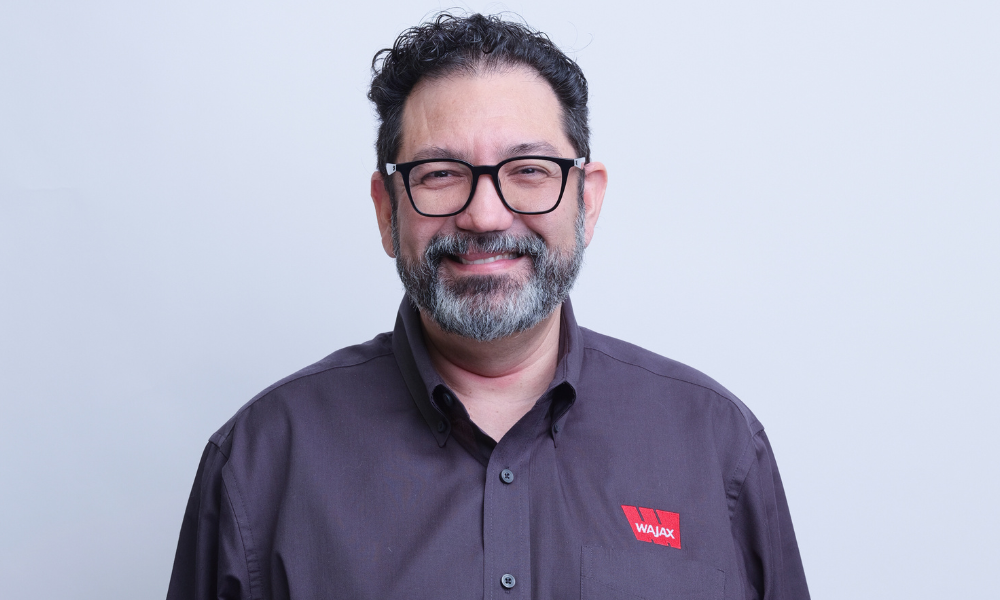'When you look at providing [support] and ensuring you have happy employees, you need to look at the entire person'

After four of its workers died by suicide within a span of six months, industrial products and services provider Wajax decided to boost its mental health supports for employees.
“They happened outside work, but obviously they were our employees and their co-workers and colleagues were impacted. So we do what other people or companies normally do, which is providing counseling services to our employees,” says Cristian Rodriguez, VP of ESG, in talking with Canadian HR Reporter.
“[We said] ‘Okay, here's somebody you can talk to if you have a concern’. But we didn't address it specifically, because we didn't know how to do that.”
Read more: Marketing firm takes 3-pronged approach to mental health
At that time Wajax had no mental health support program for workers in place.
“We decided we can create an impact by providing support to them. And over the years, we have created a very robust mental health and wellness program to support them along the way,” she says.
The company built programs from the ground. In 2016, it started offering workers mental health training.
“We wanted to create awareness, that's the first step, to create some kind of awareness and understanding of mental health illness,” says Rodriguez.
Read more: BMO provides workers with wellness app
“You need to start with some common ground with people-knowledge, [because] you cannot do something about it if you don't recognize there's a problem. And we needed to address the stigma that is around mental health. So the first step is obviously awareness and training and learning.”
In 2017, the company also partnered with Not Myself Today, which is an initiative of the Canadian Mental Health Association (CMHA).
“In a very simplistic way, their approach was what we needed to start a conversation somehow,” says Rodriguez.
Read more: Wanted: Better mental health support
Under the partnership, Wajax distributed stickers to its workers. Workers then wrote on the stickers to let others know about their emotional state, whether they are sad, happy, excited, etc.
“You can wear those stickers and have a conversation or at least something to help you start that conversation,” she says.
The company also recruited over 100 “champions” who are passionate about mental health and wellness. Wajax gave them training so they can support workers based in different Wajax locations across the country.
Wajax also started a program called “Share Your Story”, wherein they give people the opportunity to share their own mental health story so they can encourage others to seek out mental health support.
The company also created benefits specifically designed to support workers’ mental health, including depression care.
Read more: Mental health strategies built for success
Wajax has achieved some milestones with its mental health programs throughout the years, but all these are driven by data and listening to workers, says Rodriguez.
“We do health risk assessments, we look at what are our top risks from our mental, physical and financial health, and try to address those issues. So normally, that takes place as a survey.”
Rodriguez notes that to successfully support workers’ mental health, employers have to take them as whole human beings.
“At a very high level, employees bring themselves to work. And obviously, their personal lives come with them. You cannot isolate your personal self [from] your physical health, your physical self and mental self. You're one person. So when you look at providing [support for workers] and ensuring you have happy employees, you need to look at the entire person.
Read more: Employer sees success training leaders on 'emotional agency'
Wajax looks at how mental health is related to physical health, financial health and social health, and how all those aspects interact with each other. And provide the needed support from there, she says.
“We do that by providing lots and lots of resources to our employees, so they can make the right choices and take action to address their own mental health. And ultimately, at our end, also reduce absenteeism, visibility costs and presenteeism.”
So how can employers come up with a robust mental health program? Start by looking into data, says Rodriguez.
“Look at your benefits, look at utilization. You can look at your EAP, l look at how it was, what are your top risks, what are the top priorities. And reach out to people in a way that is meaningful.”




